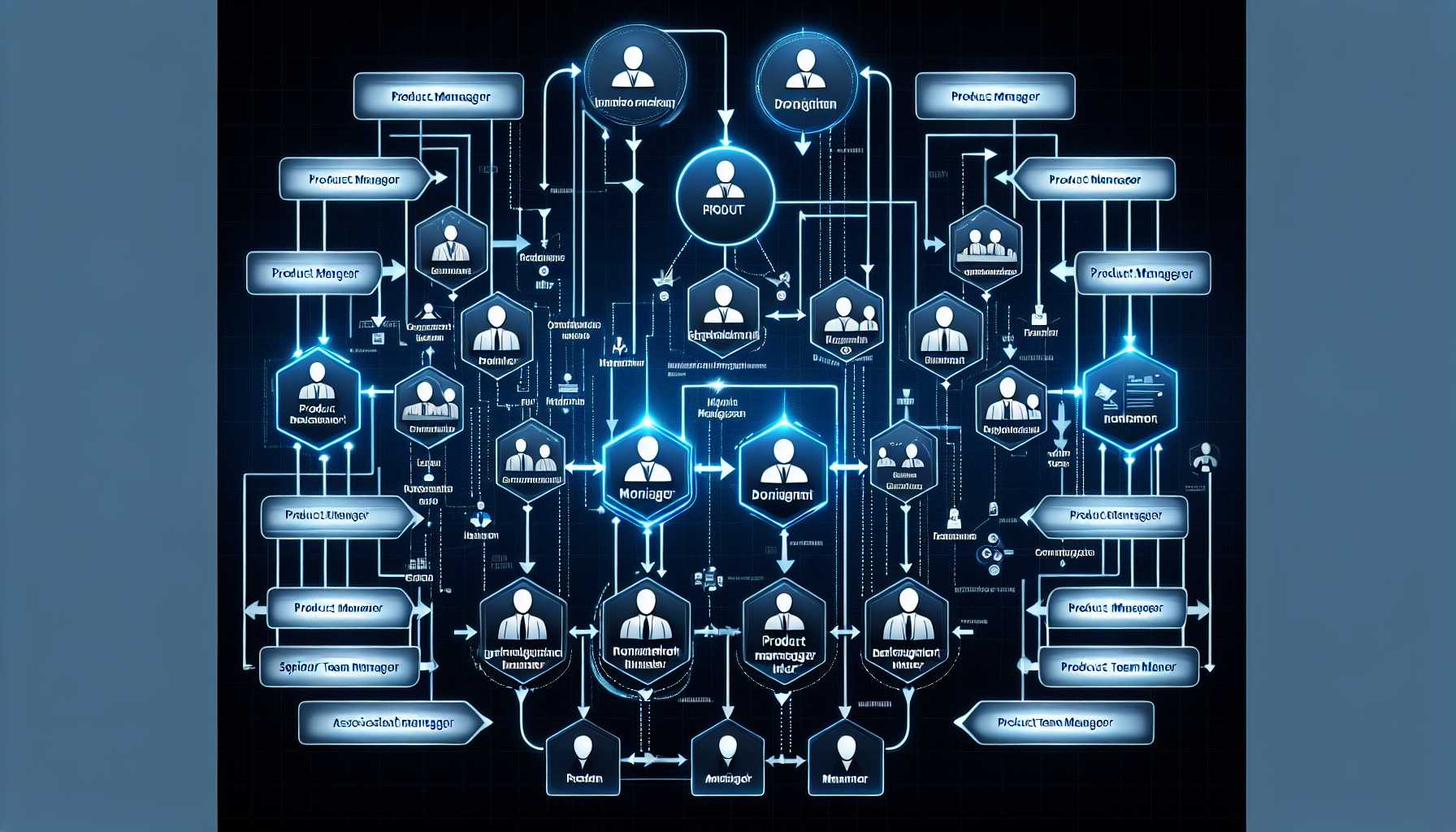The Art and Science of Feature Prioritization for New Products
As seasoned product managers, one of our most critical tasks is prioritizing features for new products. Balancing stakeholder interests, customer needs, and long-term strategy can sometimes feel like herding cats in a room full of rocking chairs. Drawing from my experiences, let’s dissect the art and science of feature prioritization for new products.
Understanding Your Market and Users
The first and most fundamental step in prioritization is understanding your market and users. In the early stages of a startup where I held a product leadership role, we invested heavily in user research. Surveys, interviews, and early prototype testing provided a wealth of insights that were instrumental in defining our MVP (Minimum Viable Product).
Learning from users directly allowed us to focus on solving their most pressing pain points. This empathetic approach to design helped ensure that every feature we considered genuinely addressed a user need.
The Frameworks That Guided My Decision Making
Throughout my career, I’ve leaned on several frameworks to guide feature prioritization. Let’s explore how I’ve applied some of these in practice:
-
RICE Scoring: This method considers four factors: Reach, Impact, Confidence, and Effort. I recall a specific instance where two features had a strong business case, but RICE scoring helped us determine the one to tackle first. The feature with the lower effort and higher confidence score won out, contributing to an early win that helped build momentum and trust with our stakeholders.
-
Kano Model: This model segments features into basic expectations, performance features, and delighters. It was particularly useful when developing a consumer-facing app. We were tempted to overload the app with advanced features but realized through Kano analysis that reliability and speed—the basic expectations—were what users truly valued at that stage. The fancy features could wait.
-
MoSCoW Method: Must-Haves, Should-Haves, Could-Haves, and Won’t-Haves categories helped segment feature lists into manageable chunks. This approach was effective when time-to-market was critical for an enterprise solution we were developing. By focusing on the ‘Must-Haves’, we were able to launch on time and then iteratively release the ‘Should-Haves’ and ‘Could-Haves’.
Strategic Alignment
At another juncture, while managing a B2B SaaS product, aligning features with our long-term vision was crucial. We developed a vision roadmap that included not just immediate feature sets but also consideration for future industry trends and technological advancements. This vision roadmap became our North Star, ensuring that near-term feature development always aligned with our strategic goals.
Stakeholder Buy-In and Communication
Stakeholder buy-in is essential. In my role, I often acted as a bridge between engineering, design, marketing, and sales teams. Regular, structured communication was critical in managing expectations and focusing our collective efforts. We established a Product Council that brought representatives from each department to discuss and vote on prioritization, democratizing the decision-making process and ensuring cross-functional alignment.
The Importance of Saying No
Learning to say no was, perhaps, one of my most important lessons. At one point, a large potential customer requested a set of custom features that didn’t align with our product strategy. While the short-term financial incentive was significant, we ultimately declined. This difficult decision reinforced our commitment to our product’s core vision and probably saved us from a detour that would have diluted our efforts.
Iterative Learning and Flexibility
Prioritization is not a one-and-done deal. I learned to be flexible and to iterate our priority list based on new information. Once, after deploying an MVP, we found that users interacted with the product differently than we had anticipated. Quick to adapt, we re-prioritized the feature backlog to reflect these insights, which improved user engagement and satisfaction.
The Power of Data-Driven Decisions
Data has been my compass in the murky waters of prioritization. A/B testing, user analytics, and KPIs informed many pivots and tactical decisions. When faced with subjective arguments over features, I often turned to data to guide the way forward.
Conclusion: The Features Tell the Story
In closing, feature prioritization is both an art and a science. It demands an understanding of users, strategic foresight, and adaptability. The frameworks and methodologies discussed are not just tools but also lenses through which we can view our product landscape. They can help us map out a clear pathway through the thicket of possibilities.
I hope my experiences shed light on the nuanced process of feature prioritization. May these insights guide you as you sculpt the backbone of your new products. Until next time, prioritize wisely and build meaningfully.

